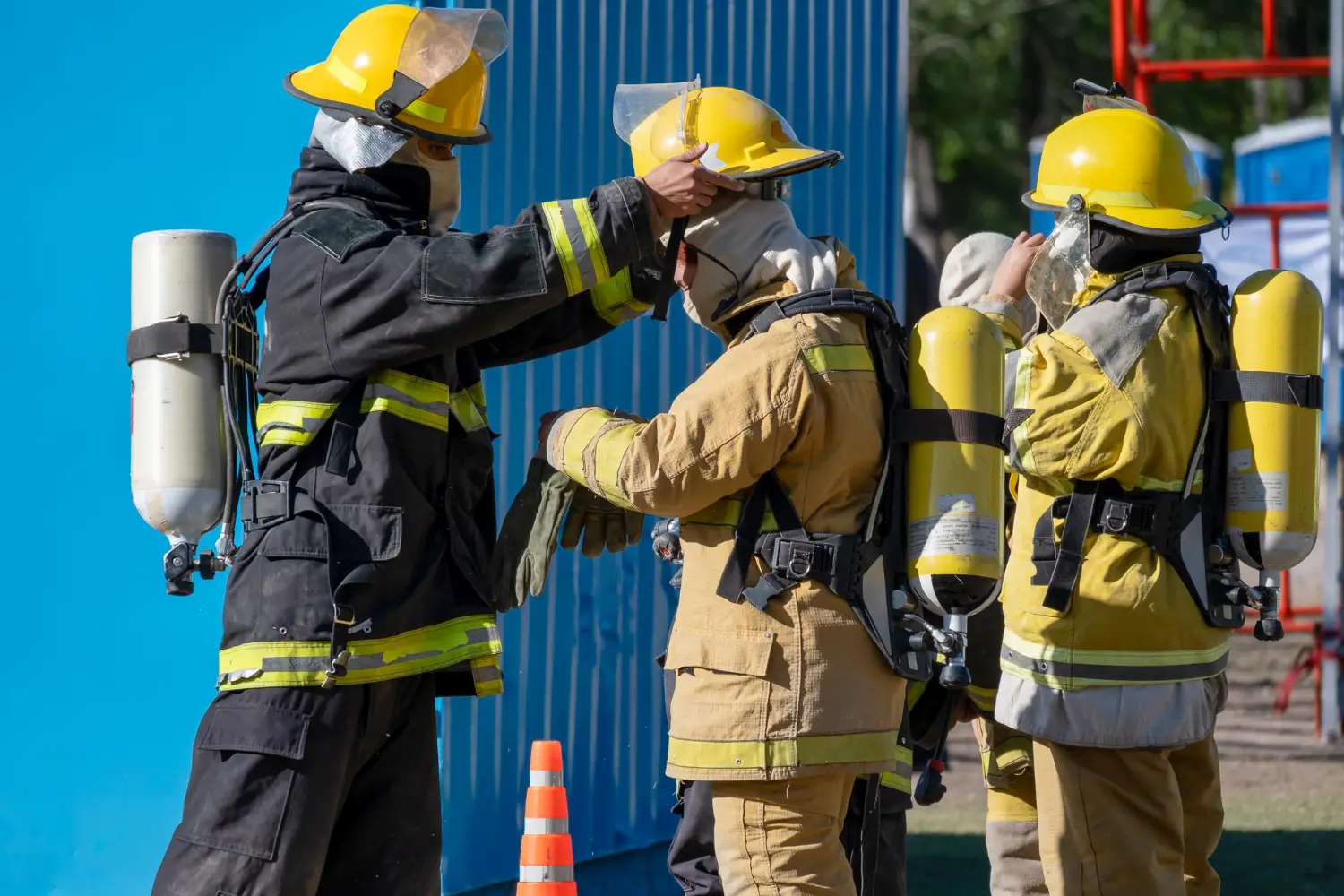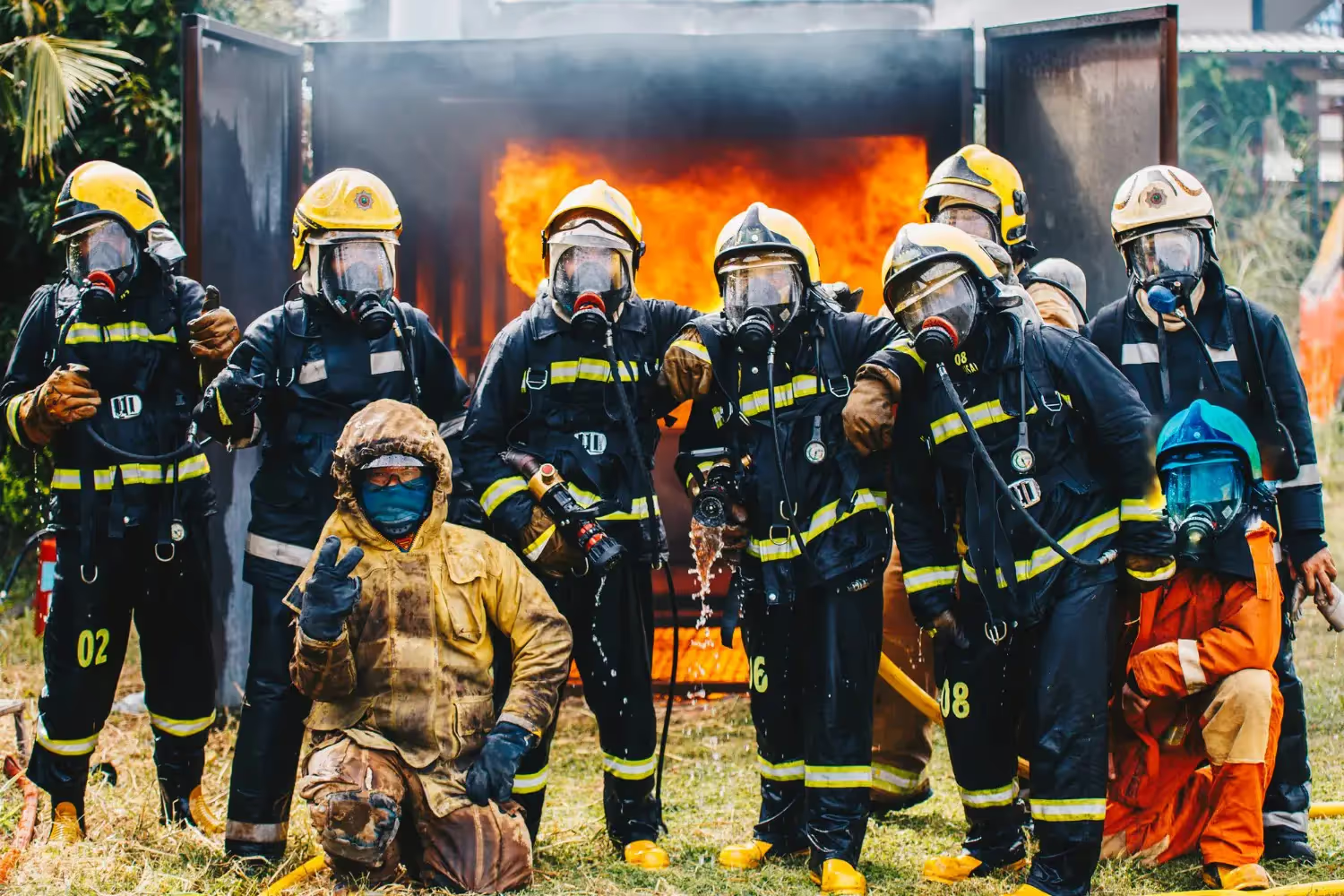The Definitive Guide to Fire and Explosion Investigation in 2024


In the US alone, fire and explosion incidents have increased a whopping 12.2% to date since 2013. That led to an 18.6% increase in deaths for the same period. Such a shocking statistic proves the dire need for more improved and detail-oriented fire and explosion investigations.
A meticulously performed investigation will not only bring us the culprits behind these drastic incidents but also help find the cause of the fires and explosions to mitigate the impact and frequency of such incidents in the future. It’s not just that. Such well-carried-out investigations also help advance safety standards and technologies.
Considering the real-world implications of this topic, we have designed this guide with the help of experienced first respondents and analysts who have been in this field for years. We will cover various aspects of fire and explosion investigations including scene processing, evidence collection cause determination, legal considerations, and much more.
But who is this guide for? If you’re a first responder, fire investigator, insurance adjuster, or legal professional, this comprehensive guide is a good start for you. So, stay with us till the end and you will learn how to use the latest technology and innovations to carry out thorough and effective investigations.

Table of Contents
Every incident of fire and explosion is different from the others and sometimes the most simple-looking case proves to be the most complex one. So, each investigation follows different phases and there is no defined chronological order. Yet, there are some basics that each fire and explosion investigation goes through and the first and foremost of these is the scene investigation and evidence collection.
Scene safety is the top priority and investigators must go through the complexities of each site with utmost caution. 1,391,500 fires were reported in the United States in 2022 which resulted in 3,625 civilian deaths. These astonishing statistics show the urgency to improve the accuracy of such investigations.
Scene investigation includes the following phases:
- Scene safety and security.
- Documentation and note taking.
- Evidence identification and collection.
- Witness interviews.
All these aspects are equally vital for a transparent and result-oriented fire investigation and overlooking any of these will affect the overall examination.
Scene safety and security are paramount to ensure investigators' well-being and evidence integrity. Meticulous documentation captures the scene's condition for analysis through videos, photos, etc. Careful evidence collection ensures the investigation's credibility and witness interviews offer insights on the facts that were missed by physical evidence to enrich the context of an investigation.
Those involved in fire and explosion inquiries are bound to follow the established protocols such as the National Fire Protection Association (NFPA). The standards like NFPA 1321 contribute to enhancing the safety measures to prevent future incidents.
The investigators who step into a volatile environment face numerous hazards including the risk of structural collapse, the presence of hazardous chemicals, and many others. At this point, Personal Protective Equipment (PPE) shields investigators from immediate dangers and allows them to focus on the tasks at hand with a reduced risk of injury.
But scene safety is more than that. A secured scene means a safe perimeter, controlled access, and a detailed log of personnel and activities. Ultimately, all this leads to the integrity of the investigation. These steps finally prevent contamination of evidence and unauthorized entry which can otherwise compromise the investigation's findings.
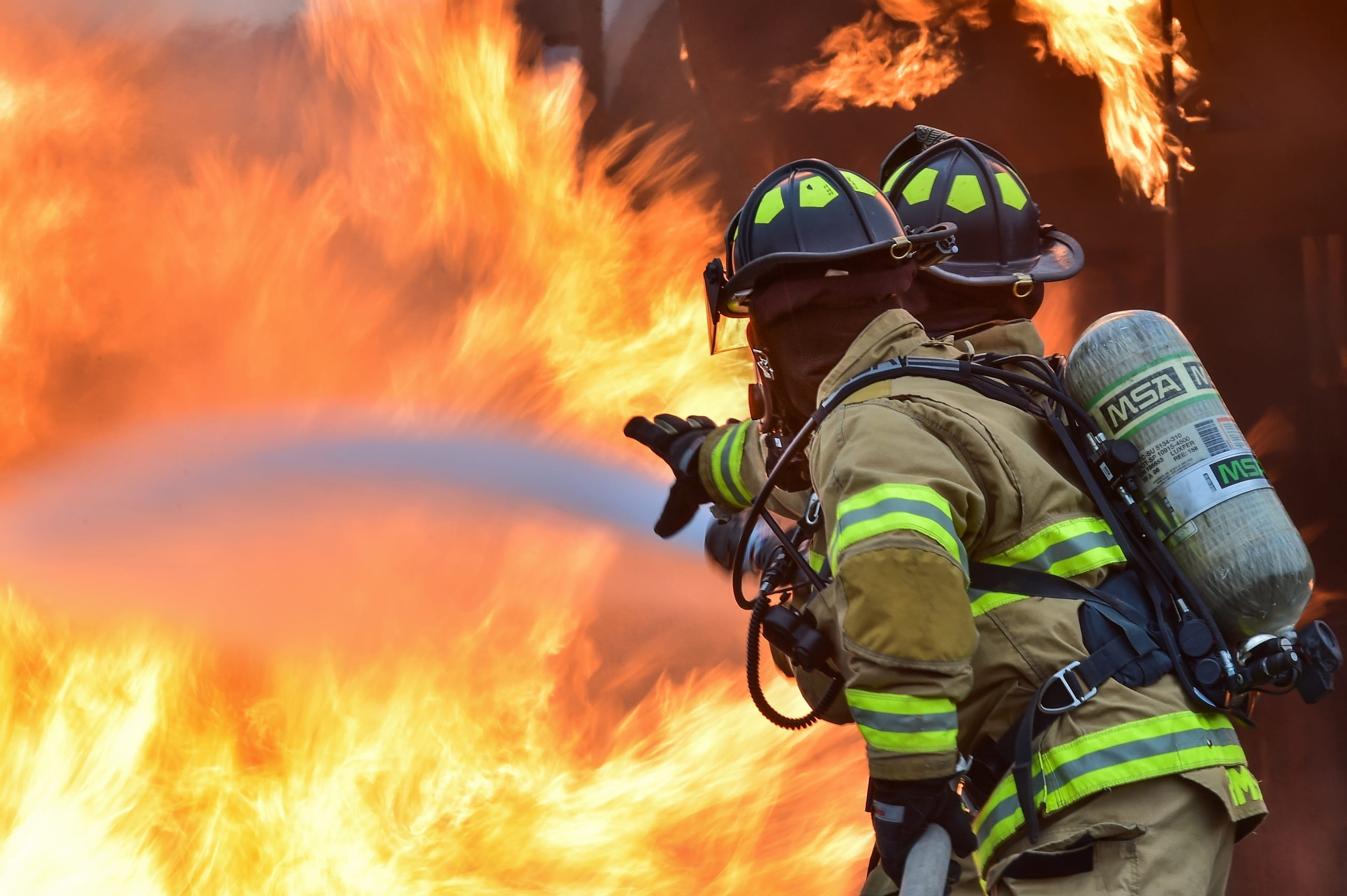
Documentation of a fire scene means capturing the very moment of a scene when first responders or fire investigators reach there. Photographic documentation offers a snapshot in time and preserves visual evidence of conditions, locations, and relationships within the scene. Video documentation provides a fluid perspective that can reveal details that might be missed by the still photos.
Then comes the note-taking and sketching which records observations, measurements, and some other evidence that photographs and videos have missed. This detailed approach to document the scene is very important for reconstruction efforts which allows investigators and specialists to reconstruct the original incident. We can’t ignore the importance of capturing detailed and accurate information as it sets the foundation of the explosion investigation.
Evidence collection is the next crucial step. Types of evidence include fire debris, blast residue, and others. Such evidence in itself is of no use if the strict protocols aren’t followed throughout the procedure.
Collecting, packing, and labeling evidence ensures it’s not contaminated and is found in its original state. Each piece of evidence is carefully handled and sectioned into appropriate containers, sealed, and marked with important details. This is crucial to maintaining the chain of custody and proves to the courtroom that there hasn’t been any tampering.
For example, In 2021, the Bureau of Alcohol, Tobacco, Firearms and Explosives (ATF) looked into 13,892 explosives related incidents. A simple stat that shows how important good evidence is in solving these cases. Strong cases are built on solid evidence and help to solve and prevent future incidents when they keep a tight chain of custody and prevent contamination.
Usually, the physical evidence recorded through photos, videos, documentation, and sketching is not enough, and fire investigators have to reach out to the people who witnessed that fire or explosion. In such cases, witness interviews play a vital role and add depth to the understanding of events.
Investigators wear many hats, but it could be argued that the hat of a listener is one of the most important. Various interviewing techniques are used during a witness testimony. Active listening and thoughtful questioning allow witnesses to share their experiences freely and help find the narrative hidden in the chaos.
The balance of assessing witness credibility while maintaining an open mind is a very delicate one. Each interview is a reminder of the diverse perspectives and experiences that exist at a single moment of crisis.

Cause determination and analysis help you find the reason behind the explosion or ignition of fire. You have to be very careful while interlinking the origins and causes of fires as it's no less than solving a mystery. This important phase in fire and explosion investigation goes deeper into the fire behavior and spread patterns.
These behaviors and patterns show how a fire grew, what was the influence of ventilation, and the tell-tale signs left by the burn patterns. Each of these patterns leads you toward the real cause and culprit.
It’s a detective’s job to find the ignition source by using clues like accidental triggers (electrical faults) and intentional arson. According to NFPA, there were a total of 33,900 home fires in 2020 which caused 420 deaths and approximately $1.3 billion in property damage. This large number of accidental fires insists that cause determination and analysis must be carried out more precisely so we can stop losing human lives like this.
Similarly, explosion dynamics reveal themselves through the study of blast waves and pressure effects that guide us to the materials and devices that sparked the event.
The process of reconstruction usually includes advanced computer modeling and simulations. This helps turn data points into a comprehensive visual and analytical representation of the event. Such fusion of science, technology, and investigative wisdom gives us deeper insights that can prevent future tragedies.
To understand the fire dynamics, you must go through a fire triangle which shows the necessary elements a fire needs. These elements are fuel, heat, and oxygen. The way these elements interact directly influences fire growth patterns and the effectiveness of ventilation which can either feed a fire or help to contain it.
Observations of burn patterns, charring, and smoke deposition also provide clues to the fire’s behavior and path. These markers lead investigators back to the origin of the fire and conduct a thorough fire damage assessment. Such transparent and detailed examination of fire spread patterns and behavior lays the groundwork to understand how and why a fire started.
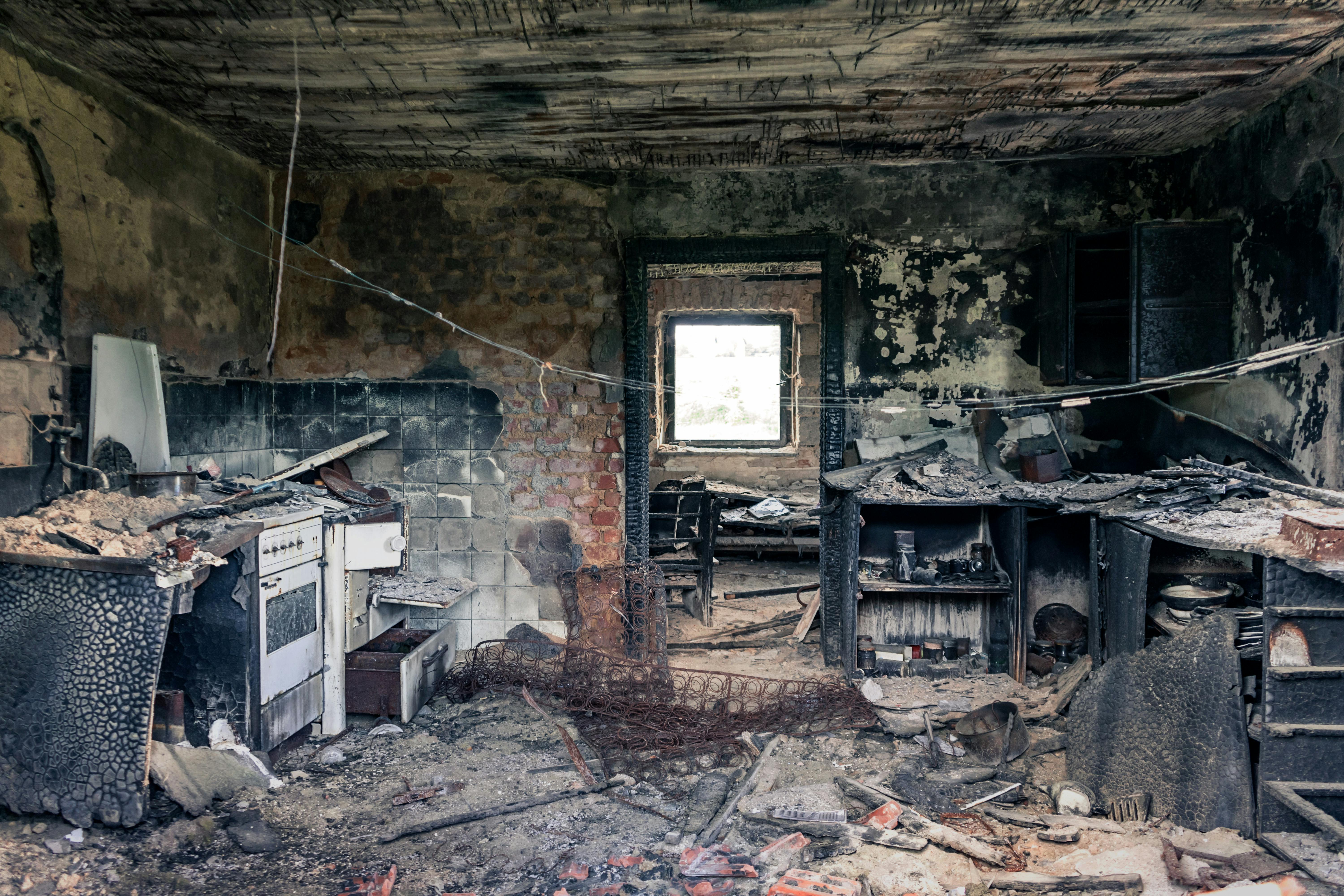
Understanding fire behavior and spread pattern leads to the next step in the phase of cause determination which is the identification of the ignition source. There are a variety of ignition sources including malfunctioning electrical equipment, improperly maintained health appliances, and smoking waste material that’s not discarded carefully.
There are many cases when these usual items might be fatal and lead to an accidental ignition. For example, the NFPA report shows that just heating equipment was responsible for almost 44,200 home fires in 2022. This caused 480 deaths and a $1.1 billion loss via property damage.
On the other hand, signs of intentional ignition are deliberate acts of arson. In these cases, fire was not set just by chance but was a well-planned incident. Investigators look for evidence that can significantly accelerate a fire's spread or devices that are built to start a fire at a specific time and location.
Explosions send out blast waves or strong winds that move super fast from the center of the explosion, knocking things over and causing damage. The movement of these waves helps us understand how big the explosion was and what kind of damage to look for.
During an arson investigation, detectives are looking for clues to see if the explosion was from something you can buy, like gas or fireworks, or if it was made from scratch, which could mean someone made it for a bad reason. Explosive materials and devices give away a lot of secrets about why and how the explosion happened.
So, learning how explosions work helps investigators keep people safe by figuring out what caused them and how to prevent them in the future.
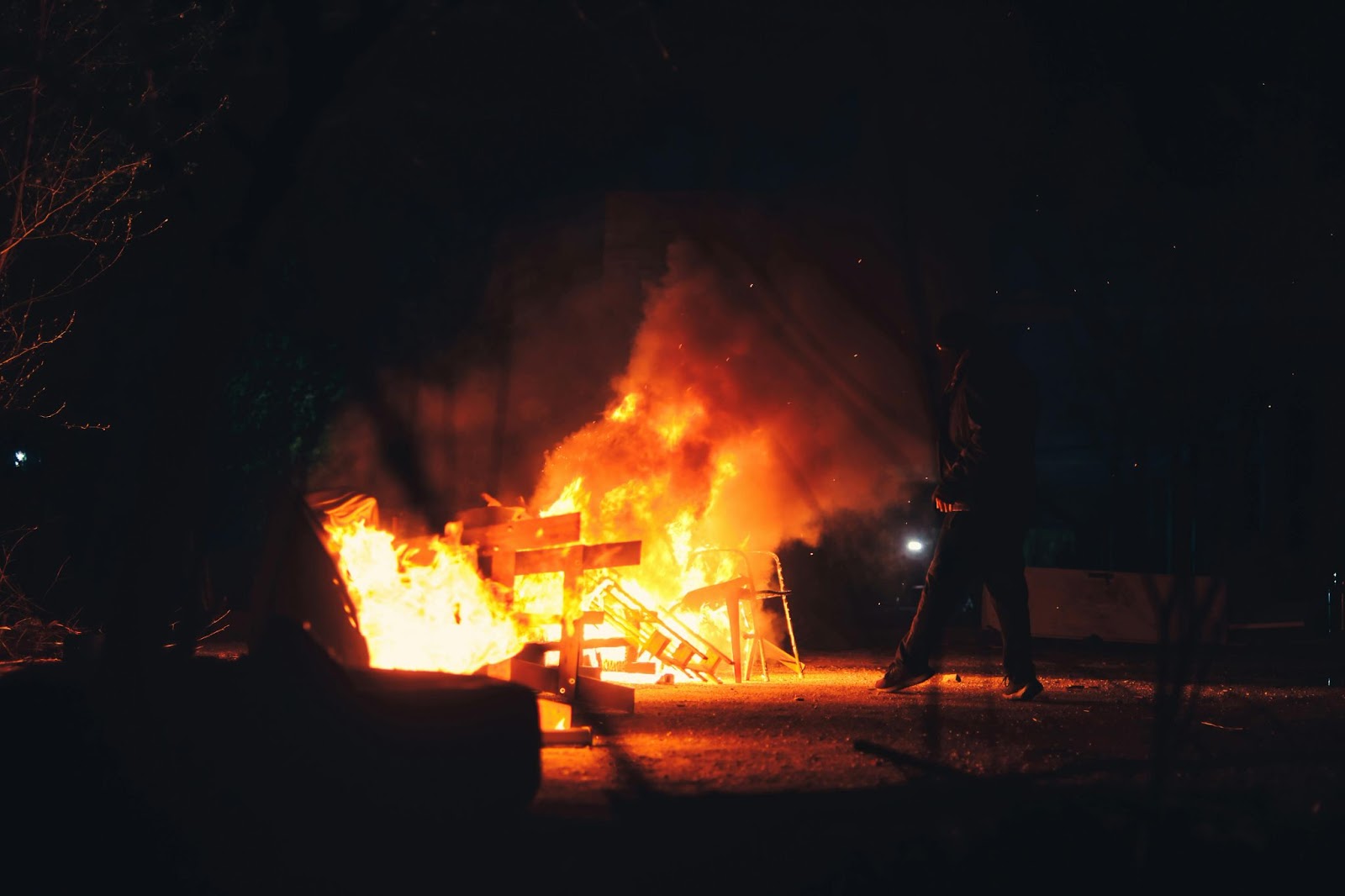
Once you’re done analyzing the fire behavior and found the ignition source, now is the time to build and reconstruct the whole event of the explosion. Reconstruction and modeling offer deeper insight into the sequence of events that might not be visible initially. This reconstruction can lead investigators to the source of the fire.
Advanced computer modeling is an invaluable tool in this process that allows investigators to create detailed visualizations of fire. Such technologies can replicate the spread of fire, the impact of explosions, and the effects of different variables on the outcome.
They help visualize scenarios that are difficult to replicate in real life and play a crucial role in testing hypotheses. Investigators can compare simulation results with actual evidence and validate their theories or in other cases identify the need for alternative explanations.
Such techniques make fire and explosion investigations more transparent and contribute to a deeper understanding of such incidents and the development of more effective preventive measures.
Now, we’re done with scene investigation and cause determination. Here starts the fire investigation forensic science of fire debris and explosives. This is the core of the explosion investigation process and offers a scientific lens to examine what can’t be seen with the naked eye.
Fire debris analysis helps examine the samples to search for something ignitable that might be the cause of the fire - may it be accidental or intentional. Gas Chromatography-Mass Spectrometry (GC-MS), Fourier-Transform Infrared Spectroscopy (FTIR), and microscopy are some of the analytical techniques that are used in this procedure.
We also use special tools like Ion Mobility Spectrometry (IMS) and Liquid Chromatography-Mass Spectrometry (LC-MS) for explosive analysis. This analysis tells the story behind the explosion. In 2021, ATF labs analyzed more than 5,800 samples from fires and approximately 1800 of them had flammable liquid (Read more about flammability testing). So, such techniques are very important to find the truth behind the scenes.
Laboratory operations and quality assurance measures are another tool used in this phase. They ensure the accuracy and reliability of the analysis. Then comes effective report writing and expert testimony. These two are the elements that bridge the gap between technical findings and their interpretation within the legal framework.
Investigators are equipped to draw conclusions with a higher degree of confidence by careful analysis and the application of these advanced techniques.
Let’s start with Fire Debris Analysis which is a critical aspect of understanding the origins of fire. It must be carried out with utmost care so that volatile liquids and accelerants are not lost and the investigation goes smoothly. Some of the techniques that experts use for this are listed here:
- Gas Chromatography-Mass Spectrometry (GC-MS).
- Fourier-Transform Infrared Spectroscopy (FTIR).
- Microscopy.
All these analytical techniques help forensic experts go deeper into the chemistry of debris and identify materials that could be the main cause or accelerate the fire.
GC-MS is famous for its ability to separate and identify complex mixtures which makes it invaluable to detect numerous ignitable liquids. FTIR complements this by providing detailed spectra of materials and helps in the identification of specific compounds within the debris.
Microscopy also offers a visual examination of microscopic particles that could be a sign of accelerants or other materials of interest.
This careful combination of collection, preservation, and analysis forms the backbone of fire debris analysis and ensures that every piece of evidence contributes to a clearer understanding of the fire's cause.

Explosives analysis is a sophisticated field that requires precise analytical techniques to detect and identify residues and components of explosive materials. The techniques that offer unique insights into the makeup of explosives are named as:
- Ion Mobility Spectrometry (IMS),
- Liquid Chromatography-Mass Spectrometry (LC-MS),
- and colorimetric.
IMS is renowned for its rapid detection capabilities which makes it essential for field analyses and initial screenings. LC-MS, on the other hand, provides detailed information about the chemical composition of samples that’s crucial for explosives characterization. And lastly, colorimetric tests quickly identify specific explosive compounds through color changes.
These techniques are critical in explosive residue analysis and help establish connections between incidents and material types.Take what happened in 2020, for example. The National Center for Forensic Science looked at 3,217 samples from different places. They found explosives in 1,459 of them.
This shows how important it is to examine these residues closely. This way we can figure out what kind of explosive was used, where it came from, whether the different explosions are related, and who might be behind them. This is a big part of solving cases and stopping more explosions from happening.
The next crucial step in forensic analysis is laboratory operations and quality assurance. They ensure the credibility of laboratory procedures and are very crucial for court admissibility. Laboratories affirm the competence of their analysts through proficiency testing.
Method validation confirms that the used methodologies are reliable and produce accurate results. Rigorous documentation of procedures and findings creates a transparent and traceable record which is essential for the integrity of the investigative process.
The capacity to convey complex forensic discoveries in an understandable manner for reports and courtroom presentations underscores the importance of effective report writing and expert testimony. These elements are key to bridging the gap between detailed scientific analysis and its legal implications. This facilitates comprehension among investigators, legal professionals, and jurors.
The American Society of Crime Laboratory Directors (ASCLD) reported that in 2022, the turnaround time for fire debris analysis in certified labs averaged 45 days. This statistic reflects the commitment within forensic laboratories to uphold high standards of quality assurance and efficiency. This ensures that results are not only reliable but also timely and supports the justice system effectively.
The final phase of fire investigation is a paramount one and no fire or explosion examination can end without legal consideration and expert testimony. So, let’s have a look at this phase from a different angle to ensure that such investigations follow the rule of law.
In fire and explosion cases, understanding the law is super important, especially when it comes to using evidence in court and having experts talk about what they found. We have to be very careful right from the moment we pick up evidence at the scene until we show it in court. We keep track of who holds the evidence and when, which is called the chain of custody as mentioned above, to make sure nothing gets mixed up or lost.
There are rules of evidence, known as the Frye and Daubert standards, that decide if the court can use what was found in an investigation. Frye looks for methods that other scientists agree with, while Daubert checks if the way we got our evidence is solid and reliable. A study from the American Bar Association showed that in 2020, about 25% of the time when experts talked about fires and explosions in court, their information was double-checked against these rules.
Some other legal aspects are expert testimony and expert witness qualification. These regulations ensure that the person who testifies in court is knowledgeable. They also need to explain things clearly so that even the layman can understand. This helps ensure that the truth comes out and that everyone gets a fair trial.
Let’s start with legal standards one by one. First is the rule of evidence and admissibility. These rules play a critical role in fire and explosion investigation especially when it comes to the Frye and Daubert standards.
The Frye standard ensures that the method used to collect the evidence is widely accepted by experts in that field. If most of the experts use and trust that method, then the evidence can be used in court.
On the other hand, the Daubert standard goes a bit further. It doesn't just ask if experts agree with the method, but also checks if the method is based on solid research. This evidence must be tested and reviewed by another expert. So, this standard is more like a checklist to ensure that the evidence is reliable and accepted by scientists.
Both of these standards are crucial because they ensure that only high-quality and scientifically sound evidence reaches the courtroom. This helps the court make fair decisions based on reliable information.
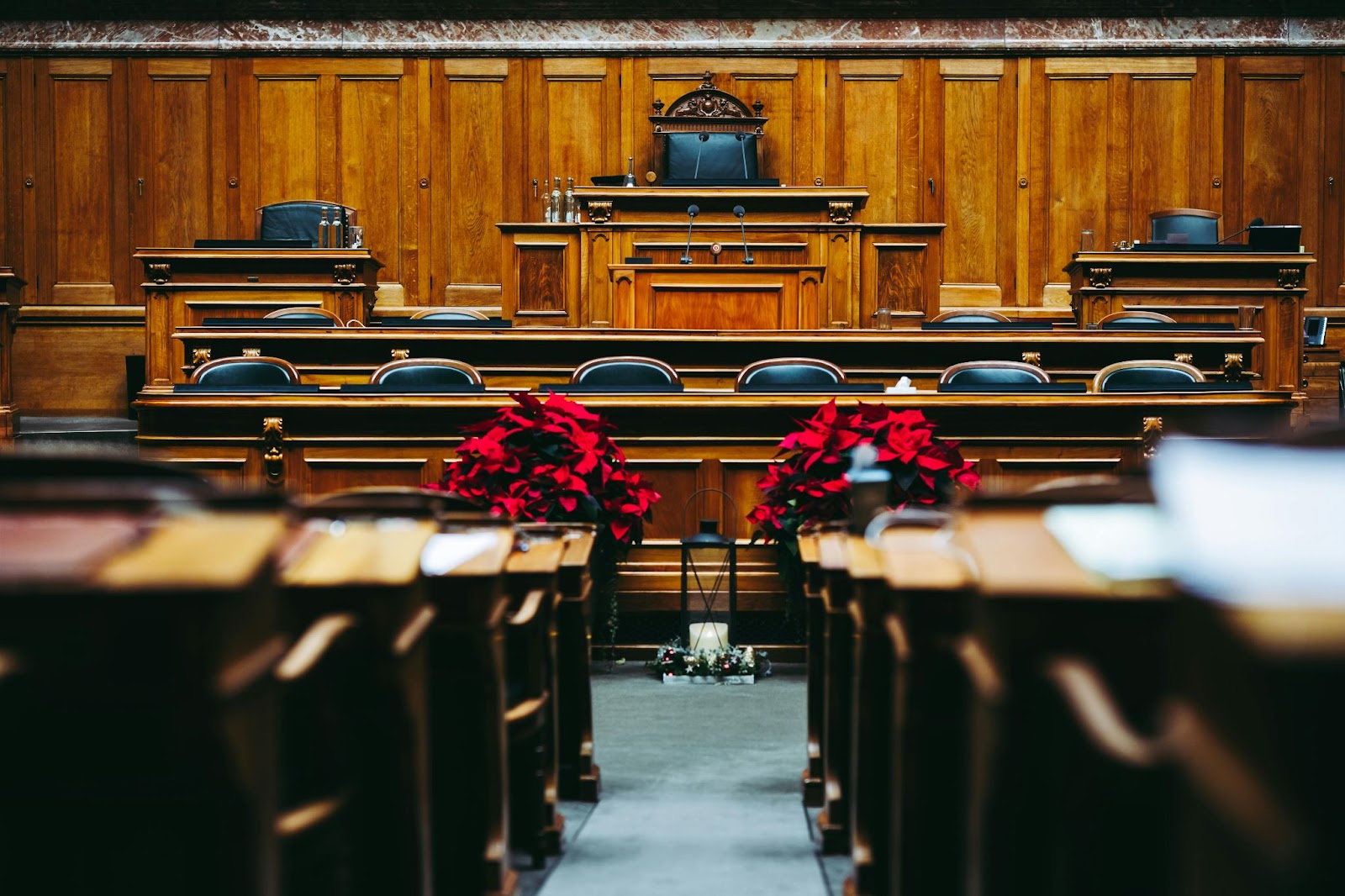
To be an expert witness in fire and explosion cases means having the right expert witness qualifications, which include a lot of learning (education and training) and doing (practical experience). This ensures that when they stand up in court, they're convincing and can back up claims with fact and knowledge.
When experts have certifications from big-name groups like the National Association of Fire Investigators (NAFI) or the International Association of Arson Investigators (IAAI), it gives them credibility. These qualifications prove that the person keeps up with the latest in fire investigations and is committed to consistent research and knowledge upgrades.
In court, all this learning and experience means experts can explain tricky science in a way that makes sense to everyone. They use their education, hands-on experience, and professional certifications to make sure what they say is not just interesting but right on the money.
It’s very important to ensure that our findings are easy to understand inside the courtroom. This is where effective communication and presentation skills play their role. We have to make sure that everyone understands the technicals in our investigation.
Good report writing also matters a lot in this case. A detailed and clear report backs up what we say in court and shows step-by-step procedures of how we got our results. This way we create a document that can stand on its own and tell the story of our investigation from start to finish.
The National Institute of Justice understands this too. In 2022, they put $2.8 million to ensure that evidence like ours is solid and can be trusted in court. This support means we can keep working on getting our reports and testimonies just right.
This guide has discussed all the phases of fire and explosion investigation. These steps are the basics for any professional in the field; be they first responders, fire investigators, or legal experts.
We’ve also emphasized the critical nature of scene safety and security, the meticulous process of documentation, and the importance of witness interviews. It's also important to understand fire behavior, spread patterns, ignition sources, and explosion dynamics.
Here are some key takeaways from this guide:
- Ensure scene safety and security.
- Execute comprehensive documentation and evidence collection.
- Investigate fire behavior and ignition sources.
- Analyze explosion dynamics and reconstruction methods.
- Maintain quality assurance in the lab and uphold legal standards.
- Master effective communication for expert testimony.
The field of fire and explosion investigation is very dynamic and keeping up with current technologies, advancements, and methodologies is crucial. The multidisciplinary approach enhances collaborations among investigators, scientists, and legal professionals and encourages continuous education and professional development. Our strategies must evolve along with the challenges and make sure that our investigation remains thorough, effective, and just.
Final Thoughts
The increasing number of fires and explosions worldwide demands more serious and strict fire and explosion investigations. Their role in catching the culprit is just one aspect of it. There is more than that. Transparent explosion investigations give us the story behind the scenes and help us advance the methodologies and techniques to avoid such incidents in the future.
So, don’t stop here and keep exploring the innovations and technologies in this field to enhance your skills. Keep pushing your knowledge limits!
Trusted by Public and Private Investigator Teams Everywhere
Whether you're a big state agency, a small local fire department or somewhere in between, Blazestack software (NFPA 921® & CJIS compliant) collects fire scene data and generates standardized origin and cause reports in a fraction of the time of other methods.
To learn more about Blazestack, give us a call at (866) 303-4344 or email us at support@blazestack.com
Get Your Free 14-Day Trial and Custom Price Quote Now
We'll let Blazestack do the talking. Try it out right now for free.
A member of our staff will be in touch shortly.
